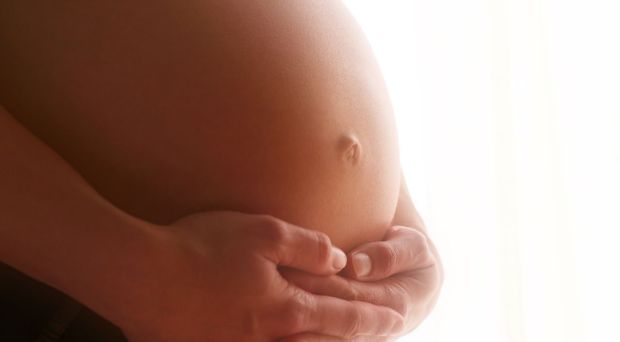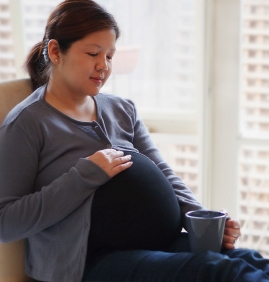
Top 5
There is much attention and debate around the place where one chooses to give birth and whether the outcomes from births which take place in different settings differ. Published in June 2014, this population-based cohort study sets out to determine whether a retrospective linked data study using routinely collected data was a viable means to compare perinatal and maternal outcomes and interventions in labour by planned place of birth at the onset of labour in an Australian state. Is the outcome of birth affected by the place of birth? Caroline Homer and colleagues found that women who planned to have their baby delivered in a birth centre or at home were significantly more likely to experience a normal labour compared with those who delivered in a labour ward.
Postpartum mental health problems are major public health issues which can affect maternal and child health significantly. During the post-birth period, certain women are more likely to demonstrate mental disorders such as postpartum depression, posttraumatic stress disorder or psychosis. In this study, Sarah Desmarais and colleagues examined the associations of various types of abuse experienced before and during pregnancy in a non-clinical sample of women with symptoms of postpartum mental health problems. The findings from this study provide further evidence that women who experience intimate partner abuse, either before or during pregnancy, are at risk of suffering from postpartum mental health problems.
Sally Tracy and colleagues undertook a cross sectional study investigating the clinical differences and cost of care that exists between caseload midwifery, standard, and private obstetric care. Findings from the study showed significant differences in birth outcome between the three models of care and that pregnant women who received caseload care were more likely to experience fewer interventions during labour and birth. The results also indicate that reorganising the way midwifery care is delivered can contribute towards reducing the cost to public hospital systems.
Air pollution is a major environmental and public health challenge. In this study, Davaasambuu Enkhmaa and colleagues examined the association between spontaneous abortion and seasonal variation of air pollutants in Ulaanbaatar, Mongolia. Ulaanbaatar is the coldest capital in the world and the majority of air pollution occurs during the winter months as a result of coal burning for domestic heating to help combat the cold temperatures. It was found that the level of spontaneous abortions was higher during the winter months in comparison to summer, although the summer levels could also be seen to be very high. The authors report strong statistical correlations between the seasonal ambient air pollutants and loss of pregnancy.

Published in February 2014, Mirjam Lukasse and colleagues report that immersion in water during labour, a non-pharmacological method of managing labour pain, is associated with fewer interventions during labour, lower risk of transfer before birth and other adverse maternal outcomes. This prospective cohort study involved 16,577 low risk first-time mothers and looked at the cases where birth was planned to take place at home, in a freestanding midwifery unit, or in an alongside midwifery unit. The effect of water immersion during labour was found to vary across the different birth settings. The results indicate that the benefits were stronger in births planned in freestanding midwifery units and weaker in planned home births.

Comments